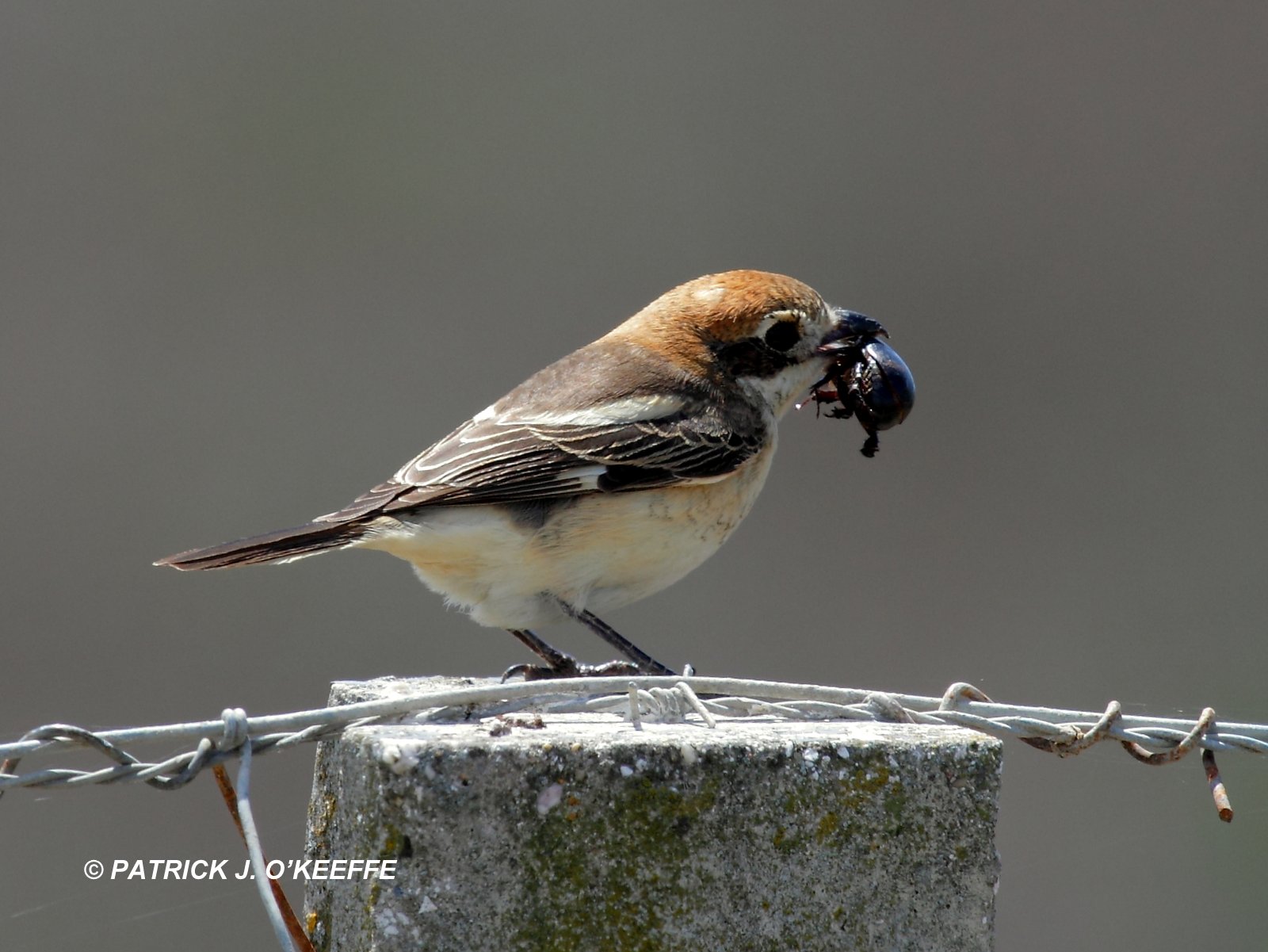 |
CLICK ON PHOTO TO SEE HIGHER QUALITY IMAGE
Click here for detailed species information
Click here to see distribution map and to hear calls
|
The Black-bellied Sandgrouse (Pterocles orientalis) is a gamebird of the family Pteroclididae which is in the genus Pterocles. The nominate race breeds in Iberia, northwest Africa, the Canary Islands, Turkey, Iran, Cyprus and Israel. The eastern race (P. o. arenarius) occurs in Kazakhstan, western China and northern Pakistan. It is a partial migrant, with central Asian populations moving to Pakistan and northern India for the winter.
Source: http://en.wikipedia.org/wiki/Black-bellied_sandgrouse






















